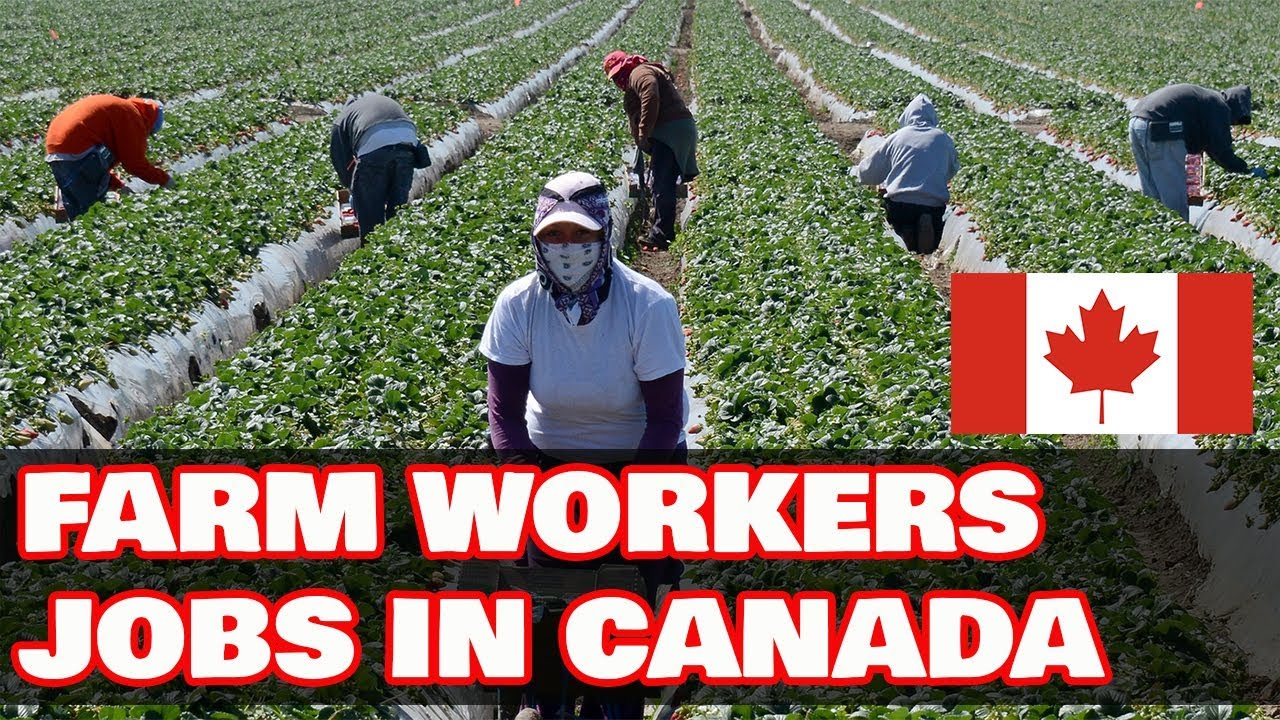Introduction: Planting Your Future in Australia’s Fertile Lands
Picture yourself under a boundless Australian sky, the earth warm beneath your boots as you herd cattle across a rugged outback station, the horizon stretching endlessly before you. Or envision a morning in a Tasmanian orchard, the air sweet with the scent of apples as you harvest fruit, your hands busy and your heart full in a land where nature and opportunity intertwine. For dreamers worldwide, working in Australia’s agriculture sector is more than a paycheck—it’s a chance to live boldly, connect with the land, and embrace a lifestyle that blends hard work with adventure.
Australia’s agriculture industry is a global powerhouse, contributing over AUD $70 billion annually and employing more than 300,000 workers in fields, orchards, and ranches. Facing labor shortages, the country eagerly welcomes foreign workers to fill roles from seasonal fruit picking to skilled farm management. But how do you, perhaps sipping coffee in Mumbai, London, or Manila, transform this vision into reality? How do you navigate Australia’s visa system, secure legitimate jobs, and adapt to life in its rural heartlands?
This comprehensive guide is your roadmap to that journey. Packed with 2025 insights, real-life stories, and answers to common questions, it offers practical strategies to land agriculture jobs and thrive Down Under. With vivid visuals, infographics, and video embeds, we’ll guide you through every step—visas, job searches, cultural adaptation, and more. Whether you’re a backpacker chasing adventure or a professional seeking a career, let’s sow the seeds for your Australian dream.
Why Choose Agriculture Jobs in Australia?
Competitive Earnings
Farmhands earn $20-$32 per hour, while skilled roles like agronomists command $60,000-$100,000 annually. Rural areas have low living costs, and many jobs include accommodation, boosting savings.
Global Demand
Labor shortages, especially in horticulture and livestock, fuel opportunities through programs like the Pacific Australia Labour Mobility (PALM) scheme, open to workers from Fiji, Timor-Leste, and ASEAN nations.
Cultural Immersion
Work on farms offers a deep dive into Australia’s rural culture—think community barbecues, local rodeos, and weekends exploring the Great Barrier Reef or Uluru.
Career Pathways
Seasonal roles can lead to permanent positions or visa sponsorship, paving the way for long-term opportunities.

Australia’s fields offer work and wonder.
Source: pexel.com
Step 1: Understanding Australia’s Agriculture Industry
Key Sectors
Australia’s agriculture spans:
-
Horticulture: Fruit and vegetable harvesting in Queensland and Victoria.
-
Livestock: Cattle and sheep ranches in New South Wales and Western Australia.
-
Viticulture: Vineyard work in South Australia’s Barossa Valley.
-
Dairy: Milk production in Tasmania and Victoria.
-
Grains: Wheat and barley in the Wheatbelt.
Regional Hotspots
-
Queensland: Mangoes, bananas, avocados.
-
New South Wales: Livestock, mixed farming.
-
Victoria: Dairy, apples, berries.
-
South Australia: Grapes, grains.
-
Western Australia: Cattle, crops.
Seasonal Work
Harvests dictate demand:
-
Summer (Dec-Feb): Berries, stone fruits.
-
Autumn (Mar-May): Grapes, apples.
-
Winter (Jun-Aug): Citrus, vegetables.
-
Spring (Sep-Nov): Strawberries, avocados.
Step 2: Navigating Visa Options
Working Holiday Visa (Subclass 417/462)
For ages 18-35 from countries like the UK, Canada, or Ireland:
-
Duration: 12 months, extendable to 3 years with 88 days of specified work (e.g., fruit picking).
-
Cost: AUD $510.
-
Requirements: AUD $5,000 savings, health insurance, no dependents.
Australian Agriculture Visa
Targets ASEAN and PALM countries:
-
Eligibility: 21+, basic English (IELTS 4.0), relevant skills.
-
Duration: Up to 4 years.
-
Limits: No family accompaniment.
Temporary Skill Shortage Visa (Subclass 482)
For skilled roles like farm managers:
-
Requirements: Employer sponsorship, 2+ years’ experience, English proficiency.
-
Duration: Up to 4 years, possible permanent residency.
-
Cost: AUD $1,455-$3,035.
Horticulture Industry Labour Agreement
For roles like growers:
-
Benefits: Flexible English and salary rules.
-
Pathway: Permanent residency after 2 years.
Visa Tips
-
Verify Eligibility: Use the Department of Home Affairs website.
-
Seek Experts: Migration agents like Y-Axis Australia streamline applications.
-
Apply Early: Processing can take weeks to months.
Navigate Australia’s visa options with ease.
Step 3: Finding Agriculture Jobs
Job Boards
-
SEEK: Filter for “Agriculture” and “Visa Sponsorship.”
-
Indeed: 400+ visa-sponsored farm jobs.
-
Harvest Trail: Government site for seasonal work.
-
Backpacker Job Board: Seasonal roles for travelers.
-
CareerHarvest: Agriculture career focus.
Recruitment Agencies
-
AWX: Farmhand placements.
-
Agri Labour Australia: Horticulture jobs.
-
Rural Enterprises: Livestock and grains.
Networking
-
LinkedIn: Join “Agriculture Jobs Australia” groups.
-
Expat Communities: Facebook groups share leads.
-
Direct Outreach: Contact farms like Costa Group or AACo.
In-Person Opportunities
If in Australia, visit farms or attend events like AgQuip.
Step 4: Crafting a Standout Application
CV Tips
-
Highlight Experience: Include farm work, machinery, or animal care.
-
Skills: Emphasize stamina, adaptability, English skills.
-
Format: One-page, Australian-style (no photo).
Cover Letter
-
Personalize: Address the employer, mention the role.
-
Show Passion: Express interest in Australian agriculture.
-
Proofread: Ensure error-free text.
Interview Prep
-
Research: Study the farm’s operations.
-
Practice: Answer “Why Australia?” or “Can you handle physical work?”
-
Appearance: Smart-casual attire.
Build a CV that impresses Australian employers.
Step 5: Salaries and Working Conditions
Earnings
-
Farmhands: $20-$32/hour, $53,219-$77,351 yearly.
-
Skilled Roles: Agronomists ($60,000-$100,000), managers ($70,000-$120,000).
-
Seasonal: Minimum wage $21.38/hour, plus 25% casual loading.
-
Perks: Accommodation, meals, transport often included.
Hours
-
Standard: 7am-5pm, Monday-Friday.
-
Harvests: Overtime paid at higher rates.
Worker Rights
-
Fair Work Ombudsman: Ensures minimum wage, safe conditions.
-
Contracts: Check terms for pay and hours.
Step 6: Preparing for Australian Life
Skills and Qualifications
-
Entry-Level: No formal education; training provided.
-
Skilled Roles: Certificate III in Agriculture or 3-5 years’ experience.
-
English: IELTS 4.0 for most visas.
Cultural Adaptation
-
Work Ethic: Australians value punctuality, teamwork.
-
Rural Life: Embrace remote settings, local events.
-
Slang: Learn terms like “arvo” (afternoon).
Practical Steps
-
Health Insurance: Mandatory; Bupa covers farm injuries.
-
Banking: Use Commonwealth Bank or ANZ.
-
Housing: Book Airbnb or use farm accommodation.
Step 7: Overcoming Challenges
Visa Delays
-
Solution: Apply 3-6 months early; use agents.
-
Tip: Track via Home Affairs portal.
Remote Locations
-
Solution: Pack essentials (sunscreen, boots).
-
Tip: Join local groups for support.
Physical Work
-
Solution: Train for stamina; learn safe techniques.
-
Tip: Follow safety protocols.
Step 8: Real-Life Stories
Priya, 27, Queensland
Priya, from India, arrived on a Working Holiday Visa. “Picking mangoes in Bundaberg paid well, and I lived in a caravan,” she says. After 88 days, she extended her visa. Tip: “Network for job leads.”
Liam, 34, Victoria
Liam, from Ireland, used a Subclass 482 visa. “My dairy experience got me sponsored,” he shares. He’s now on a residency path. Tip: “Get skills assessed early.”
Step 9: Common Questions and Answers
1. Which visas allow agricultural work?
Working Holiday (417/462), Agriculture Visa, and Subclass 482. Check eligibility on Home Affairs.
2. Do I need experience?
Entry-level roles need none; skilled roles require 2-5 years or qualifications.
3. When are jobs available?
Summer/autumn for fruit picking; year-round for livestock, dairy.
4. Are jobs safe?
Yes, with Fair Work protections and safety protocols.
5. Can I bring family?
Subclass 482 allows it; Agriculture Visa doesn’t.
6. How do I avoid scams?
Use trusted platforms like SEEK; verify employers via ABN lookup.
7. What’s the cost of living?
Rural areas average $800-$1,500/month, often offset by free accommodation.
Expert answers on farm work.
Step 10: Future Trends in Australian Agriculture
Technology
Drones and AI create demand for tech-savvy workers.
Sustainability
Organic farming and conservation roles are growing.
Visa Expansion
The Agriculture Visa may include more countries like India.
Conclusion
Securing an agriculture job in Australia from abroad is a bold step toward a life of purpose and adventure. From visas to job applications, this guide equips you to navigate the process and thrive in Australia’s fields. Start exploring SEEK, connect with recruiters, and prepare for a journey that blends hard work with unforgettable experiences. The land Down Under is calling—where will you plant your roots?










